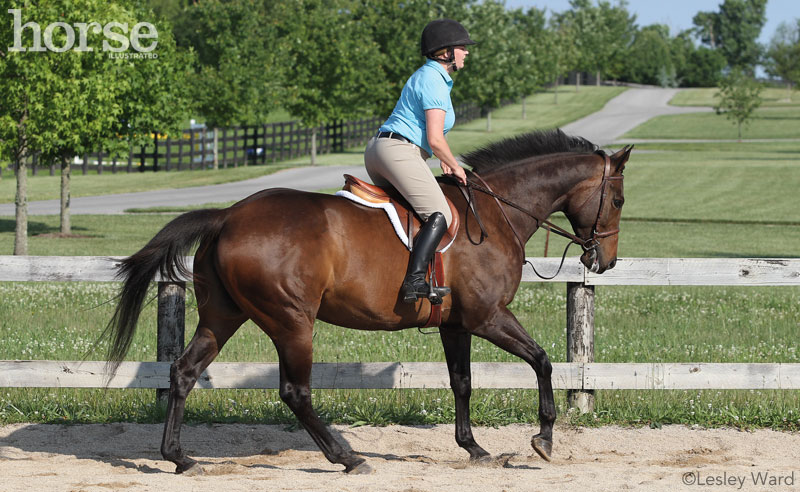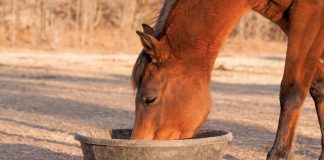At first glance, playing the piano and riding a horse may appear to fall into completely different categories. What could playing an instrument and riding a 1,000-pound animal have in common? Actually, quite a lot.

The riding arena may not contain a formal orchestra as we know it, full of shiny brass and elegant strings, but any horse lover will agree that there’s nothing more beautiful than the sound of four hooves circling in a smooth canter or the clomp-clomp of your trusty steed picking up a joyful trot. The melodic music horses play– the excited neighs, the peaceful nickers– is simply a different kind of symphony.
Let’s not forget the hands. Precision is everything. The slightest movement can change the entire course of your song or your ride.
When a musician is in the zone, her fingers move effortlessly across the keys, as if they contain their own little brains totally separate from the one in the player’s head, which may be reading the music, concentrating on the rhythm, or more likely, lost in thought.
Do you remember how surprised you were to first learn how even the slightest movements of your fingers can affect your horse, a powerful animal packed with muscle and strength? The gentle tug of the rein here, the subtle squeeze there, conveys a wordless message to the horse.
Our hands must communicate with the horse just as they do with the piano keys. With practice and dedication, these movements begin to feel intuitive.
I have yet to meet a riding instructor who doesn’t extol balance. Posture, strength, and balance all come together beautifully for the best riders. Their incredible ability may appear naturally effortless, but you can be certain the ease with which they perform reflects years of training and practice.
Piano requires a certain balance as well. Teachers constantly harp on a player’s posture, yes, but balance is also crucial for the connection between player and instrument. To play an instrument well, the brain, the hands, the body, must work together in harmony. In balance. A perfectly played song, like a perfectly ridden horse, cleverly conceals the hundreds of hours it took to reach that point.
In both worlds, the best participants make it look easy. They inspire the rest of us to keep trying.
We must be willing to put our egos aside in order to learn and advance in any skill; that may especially be true for musicians and riders. There is no point in thinking you know it all. You don’t. There is always more to learn, and you can always improve.
The key is to enjoy the ride. Getting better at something challenging is part of the fun. In many ways, it is the fun.
I haven’t discovered a more enjoyable way to let go of daily cares and anxiety than sitting down at a welcoming piano or sitting atop a willing horse. Both pursuits require the brain, body, and heart. Everything we have.
Underlying both riding and playing an instrument is the fact that you cannot do either skillfully unless your entire being is present and living in the moment. There is a hard-earned beauty in that.
Julia Arnold is a writer living in
Minnesota with her husband and two young children. She has always loved
horses and is thrilled to have officially rejoined the horse world as an
adult. She rides whenever she can at Hardwood Creek Farm in Hugo,
Minnesota. You can follow her adventures in riding and parenting on Facebook, Twitter, Instagram, and Pinterest.






